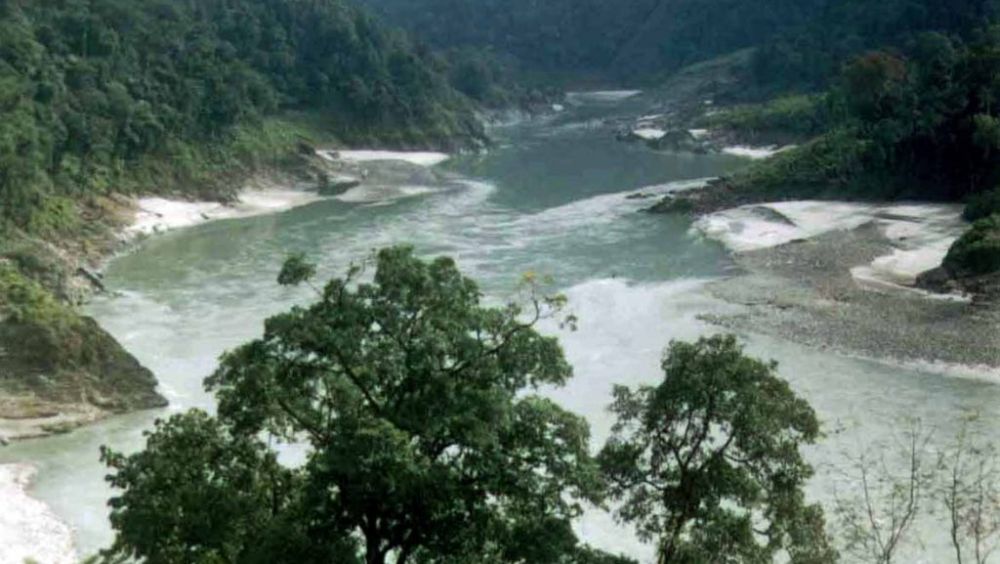

The history of tourism in Pangin and Pasighat, two picturesque towns in Arunachal Pradesh, is intimately tied to the region's natural beauty and rich cultural heritage. While tourism in this northeastern state of India is a relatively recent development, the appeal of its untouched wilderness and vibrant tribal cultures has been attracting travelers for several decades.
Pangin, known for the stunning confluence of the Siang and Siyom rivers, has been a focal point for eco-tourism. The spectacular sight where the blue waters of the Siyom meet the green Siang is not just a visual treat but also an emblem of the area's bountiful natural resources. Pangin's entry into the tourism landscape has been gradual, beginning with intrepid explorers and followed by nature enthusiasts seeking solitude and serenity away from the crowded tourist paths.
Pasighat, established in 1911, holds the title of Arunachal Pradesh's oldest town and is often referred to as the 'Gateway to the state of Arunachal Pradesh'. Known for its scenic beauty and biodiversity, Pasighat has been a hub for adventure tourism, including river rafting, trekking, and angling. The town is also renowned for the Daying Ering Wildlife Sanctuary, which attracts nature lovers and wildlife enthusiasts from across the globe.
Tourism development in Pangin and Pasighat has seen significant growth with the introduction of state-sponsored festivals like Siang River Festival and the Solung Festival. These events showcase the local traditions, folk dances, and handicrafts, putting the towns on the tourism radar and promoting cultural exchange.
In recent years, there has been a shift towards sustainable tourism practices and community-based tourism. These trends have encouraged local involvement and ensured that the environmental impact is minimized. Homestays have become increasingly popular, providing visitors with an authentic experience of the local culture and lifestyle.
With the improvement in connectivity and infrastructure, such as the development of the Pasighat Airport and better road networks, the region has become more accessible to tourists. This has led to a steady increase in the number of visitors seeking the untouched beauty of Arunachal Pradesh while generating economic benefits for the local communities.
As Pangin and Pasighat embrace the future, ecotourism and cultural tourism continue to be at the forefront of growth. Efforts are being made to balance development with conservation, ensuring that the pristine nature of the region and the well-being of its indigenous communities are preserved for generations to come.
As a destination, Pangin and Pasighat are treasures within Arunachal Pradesh that offer a glimpse into the vibrant culture and stunning natural landscape of the North East. With their growing popularity, it is hoped that responsible tourism will pave the way for a sustainable future, encapsulating the spirit of exploration with a deep respect for nature and traditional ways of life.